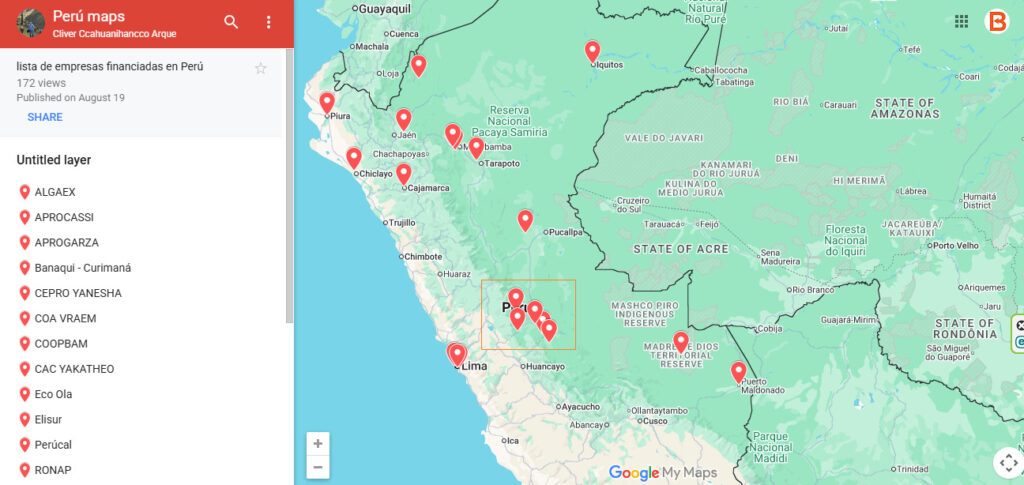In early October, our team set out on a field visit to meet three of our borrowers in the Junín region of Peru: Sinchiri (Reciprocity Fund), Coa Vraem (Reciprocity Fund), and Elisur (Beneficial Returns Main Fund). As always, these visits were carefully planned in collaboration with each enterprise, ensuring we could approach each meeting with respect, openness, and curiosity.
Our journey began in Lima, where the Peruvian team welcomed Chiara and Marcelino, both of whom were visiting the country for the first time. Over dinner, we shared stories about our lives, families, community, heritage, and our love for animals and nature. That evening set the tone for the days ahead: human connection at the heart of our work.
Into the Central Jungle of Junín
The next morning, we met early at the airport to fly to Mazamari. We were excited and curious, especially since we’d be flying in an 18-seat propeller plane! The flight to Mazamari was a new experience for all of us and brought laughter, nervousness, and lots of imagination (including jokes about Ted and Alex piloting a BR-owned plane someday).
Once on the ground, we rented a truck and began our journey through Junín.

In Satipo, we met Ruth Buendía, an Asháninka leader, Goldman Environmental Prize winner, and member of the Reciprocity Fund’s Credit Committee. Ruth is a longtime advocate for Indigenous rights and an environmental protection activist. Her presence on this trip grounded our work in the deeper purpose of reciprocity and respect. She joined us for two of the three borrower visits, helping us connect more meaningfully with the communities we met.
Along the way, we made an impromptu stop at Cooperativa Kemito Sankori, an Asháninka women-led Indigenous business we had recently learned about.
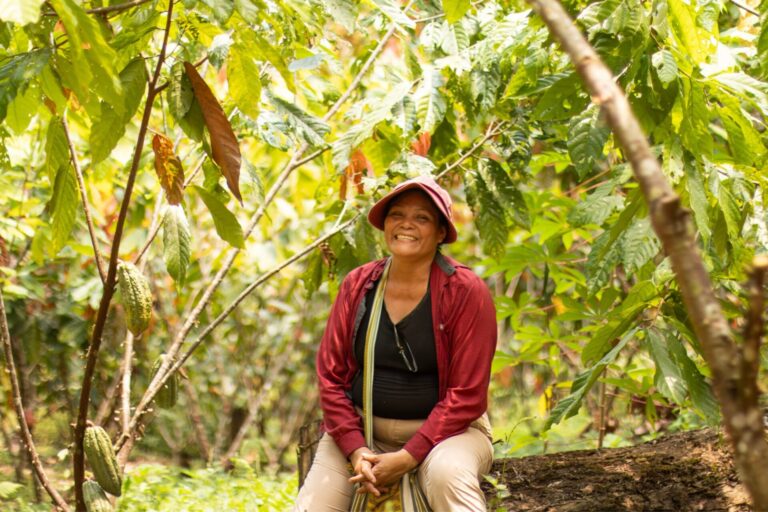
Although they are not currently financed by Beneficial Returns, their story and work reminded us of the entrepreneurial spirit thriving in the region. Especially, the importance of local leadership in shaping sustainable economies.

Field Visit: Sinchiri
Our first official visit was to Sinchiri, a cooperative in San Martín de Pangoa that brings together smallholder cocoa farmers. We were welcomed by César, the cooperative’s manager, and his team, who proudly showed us their rented warehouse and the site where they are building their first permanent facility. A sign of steady, organic growth.
Sinchiri’s producers spoke with honesty and pride about their work, showing us new cocoa-based products they are developing, including cocoa honey and butter. The visit also revealed the realities of working in remote areas: logistical challenges, security risks, and resilience in the face of loss.
The following day, we set out to visit one of Sinchiri’s producer communities, Comunidad Nativa Mencoriari—a nearly seven-hour round trip on a rugged, narrow road deep in the Peruvian central jungle. The journey itself told a story: trucks loaded with timber (evidence of illegal logging), steep muddy slopes, and the resilience it takes to move through such terrain. Our vehicles suffered as well. At one point, César’s tire even came off mid-route!
When we finally arrived, we were warmly received by Asháninka farmers who showed us their thriving cocoa fields. They spoke of the abundance of their land, but also of the challenges brought by climate change, such as a plant disease that requires constant attention.
We also saw alternative ventures like cocoa, honey, and a small bakery led by women and youth in the community—efforts that diversify income and strengthen community life.
In César’s words: “We are building strength from the experiences we’ve lived.”
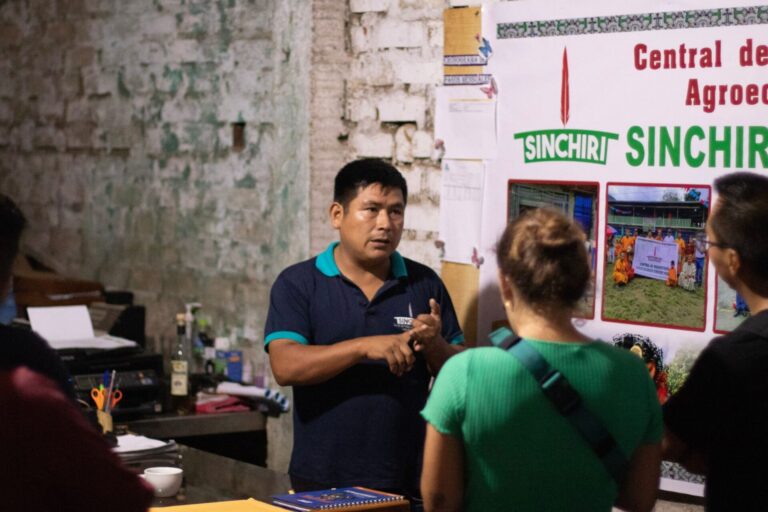
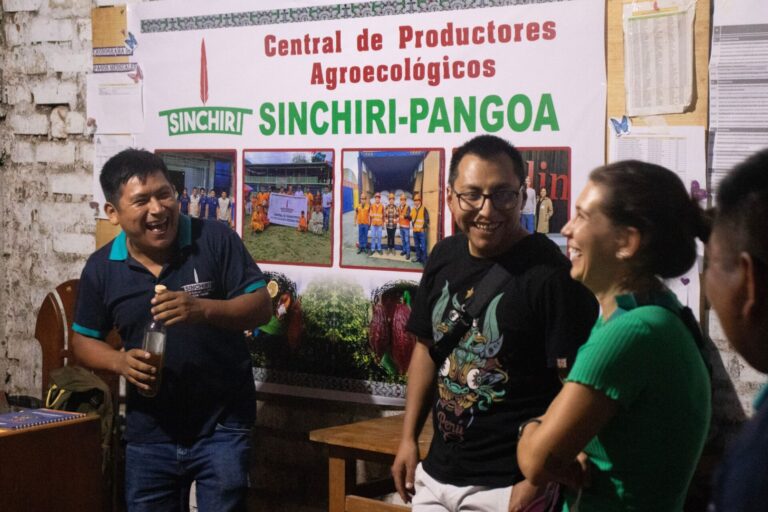
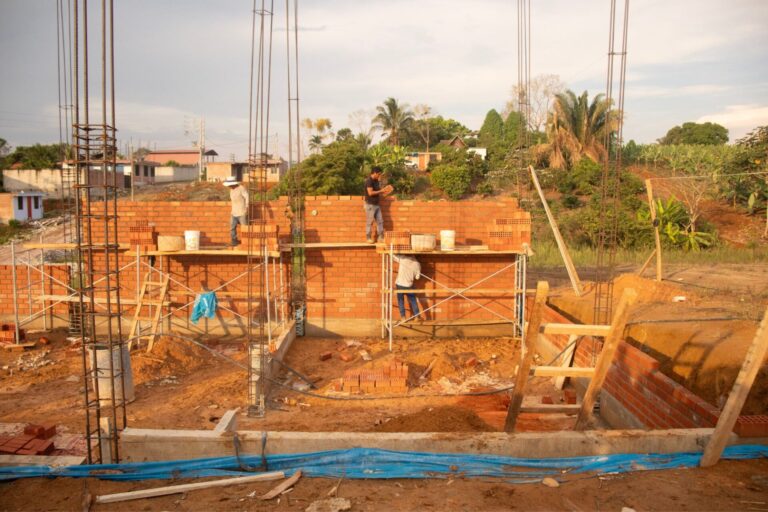

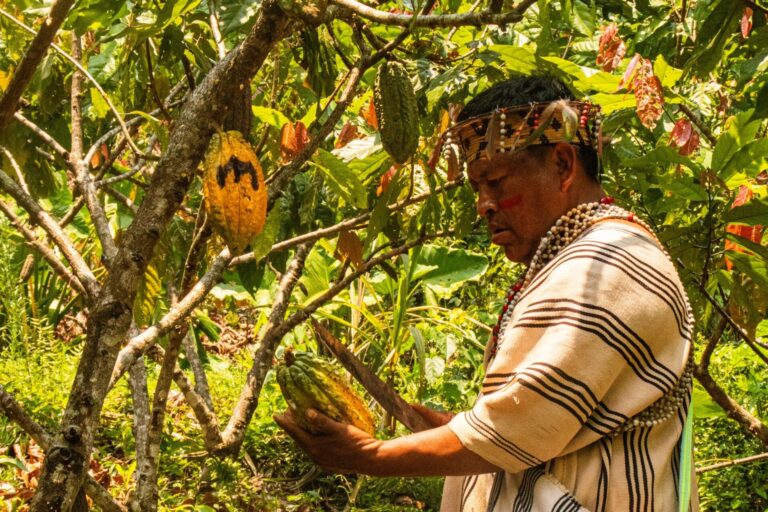
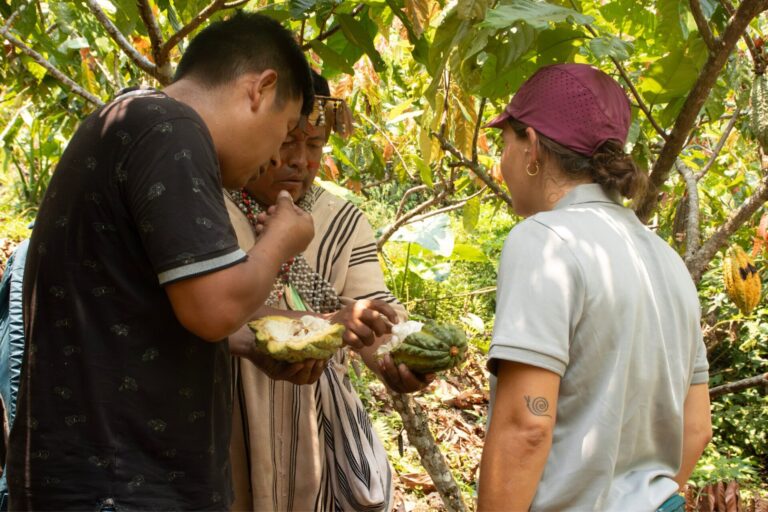
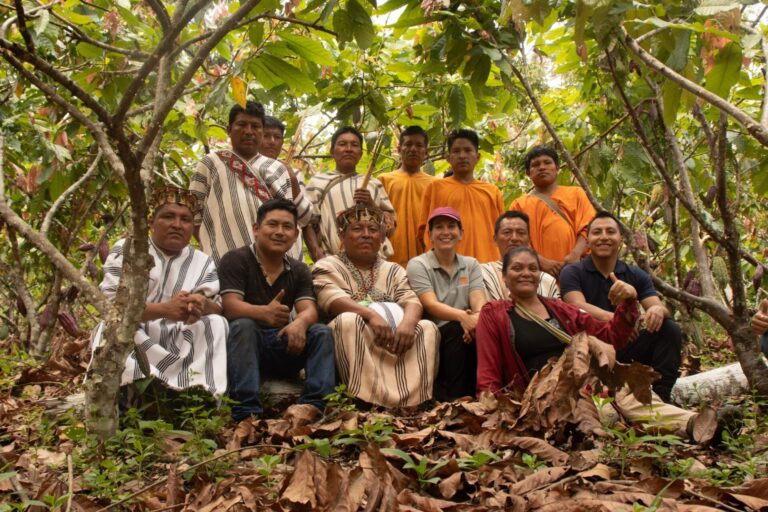

Field Visit: Coa Vraem
The next morning, we traveled to Coa Vraem, a cooperative located in Río Negro. Jonathan, the general manager, guided us to their processing and storage facility, where producers and staff were waiting to welcome us.
The team shared how their cooperative has been expanding into international markets with new customers such as ICAM, Trading Organic, and Pronatec—evidence of steady progress and ambition. The conversation turned to the balance between growth and connection, and we were reminded that the strength of a cooperative lies not just in sales but in the trust between producers and leadership.
Ruth’s perspective as both a local leader and Reciprocity Fund Credit Committee member enriched the dialogue, highlighting how impact is strongest when social and financial goals move forward together.
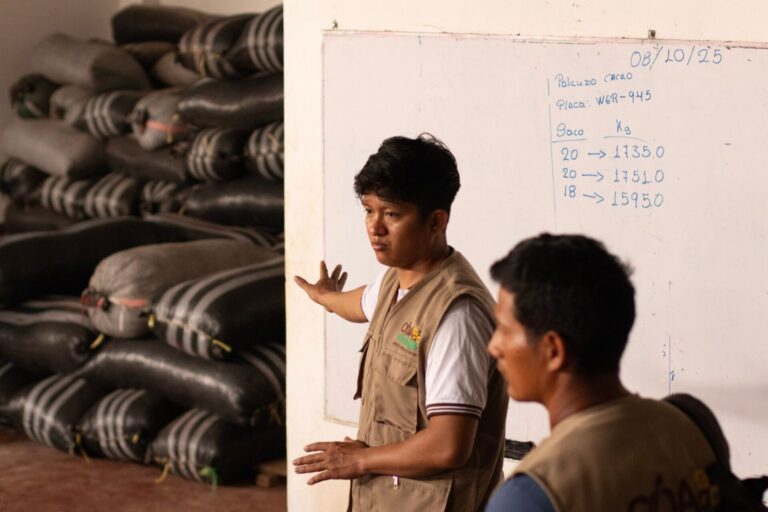
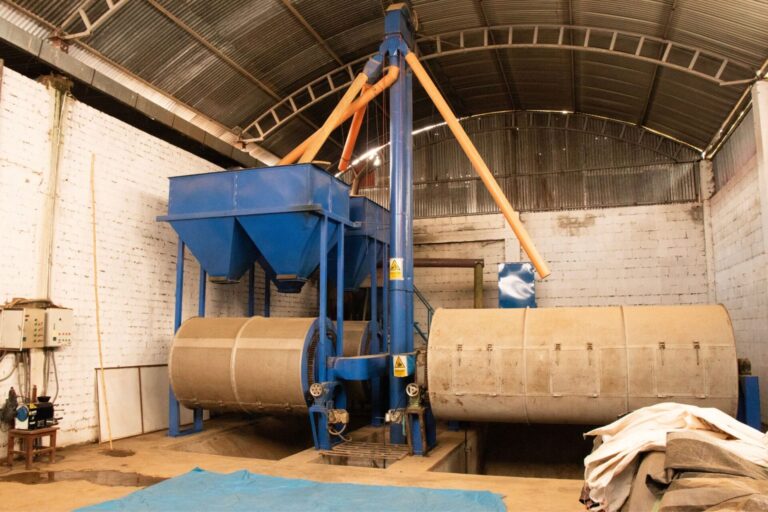


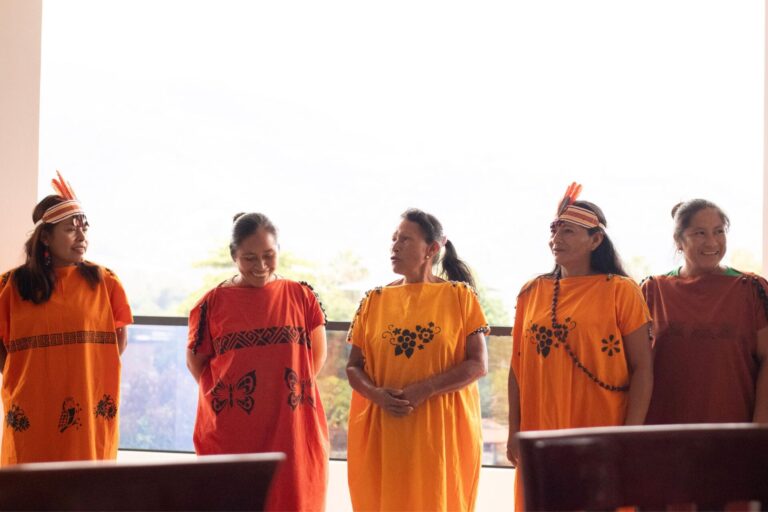

Field Visit: Elisur Organics
Our final visit was with Elisur Organics, a social enterprise working with ginger (kion) producers near Pichanaki. Getting there was another adventure: our vehicle suffered damage from fallen branches and slippery mountain roads. At one point, we had to continue in Elisur’s truck to reach the community.
When we arrived, we met producers who spoke about their partnership with Elisur: how the company supports them through training in responsible agriculture, helping them cultivate in ways that respect and restore the soil. Ginger is a demanding crop that depletes nutrients quickly, so Elisur promotes soil-resting and crop-rotation cycles, ensuring the land remains fertile for future generations.
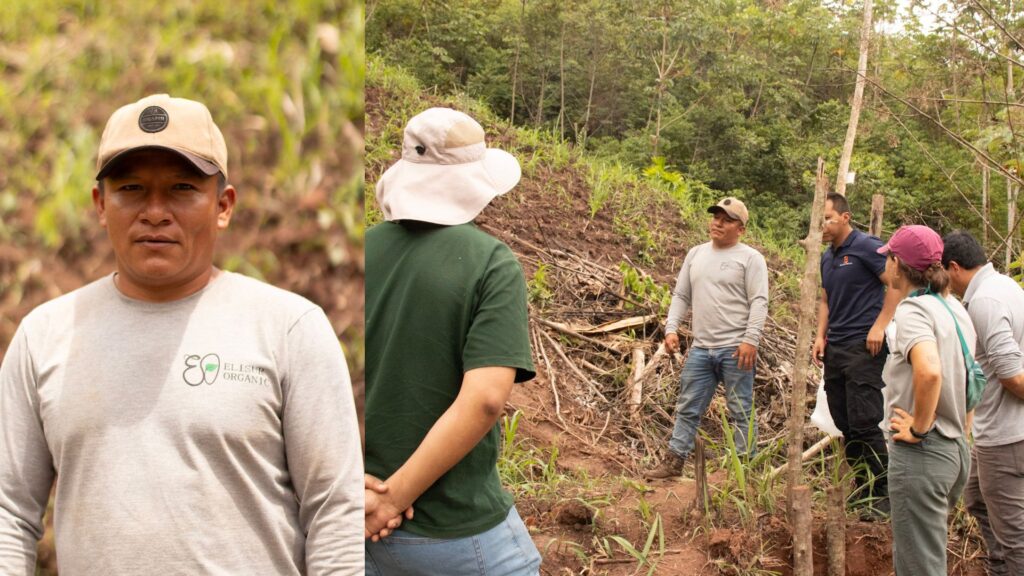
Back at the plant, we saw this spirit of care reflected in the workplace. The mostly female team showed us each stage of production—from washing and trimming to decontamination and sorting for export. They also showed us their new drying and refrigeration infrastructure, that was partially financed through Beneficial Returns’ support. This improves quality and consistency in the face of challenging weather.
One aspect that stood out was Elisur’s commitment to using every part of the harvest. Lower-grade ginger, typically sold at a loss in local markets, is now being transformed into flour and juice through a new sister venture—an example of circular thinking that benefits both the enterprise and its producers.
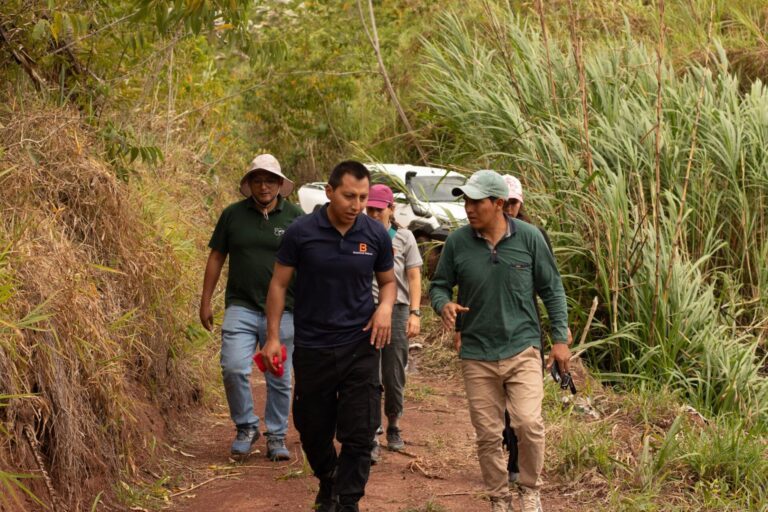

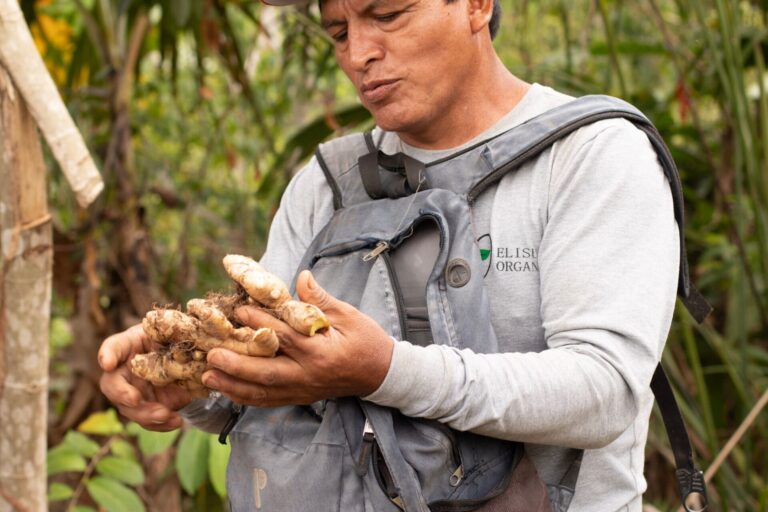
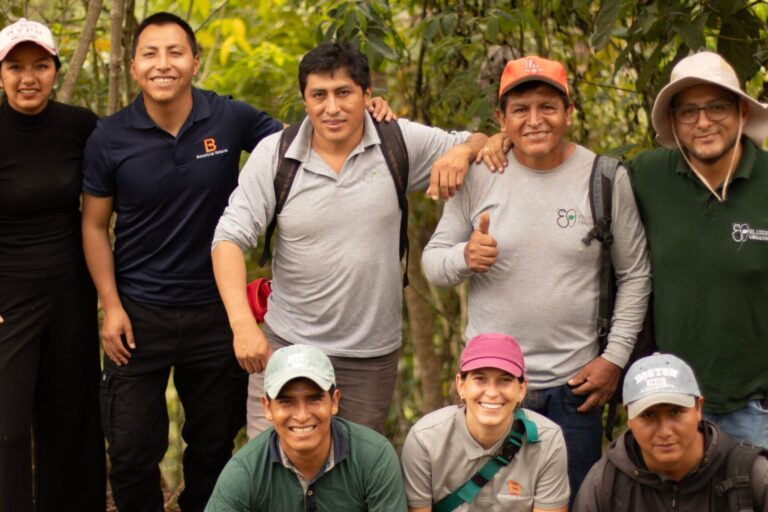
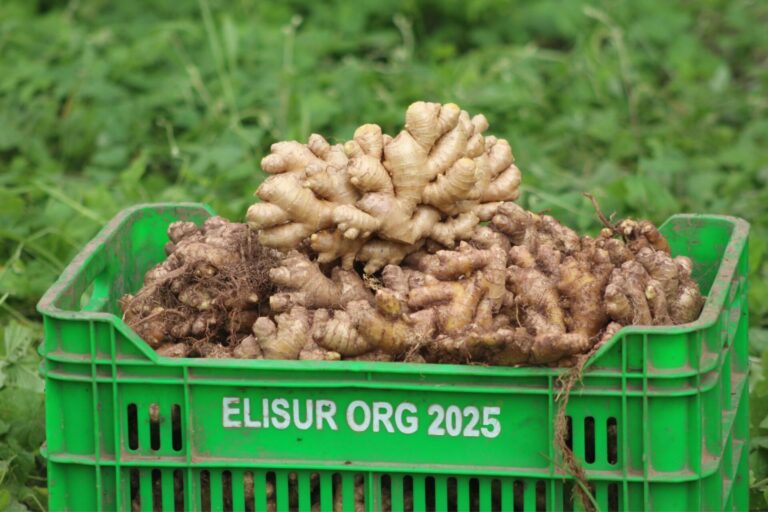
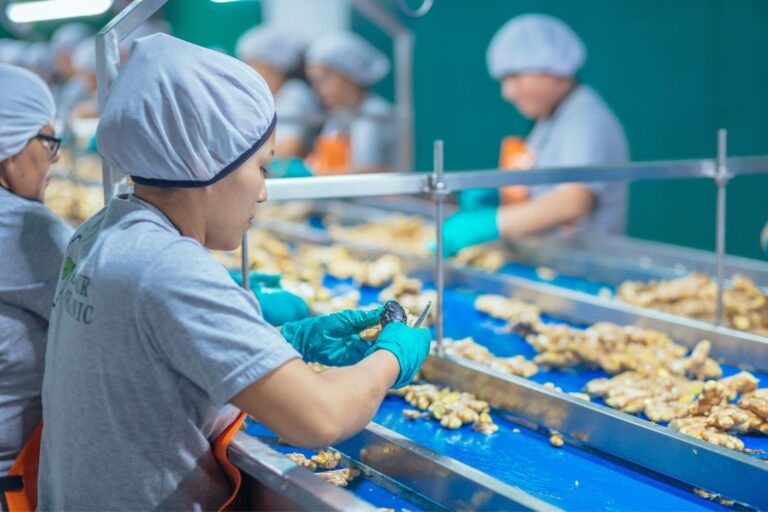

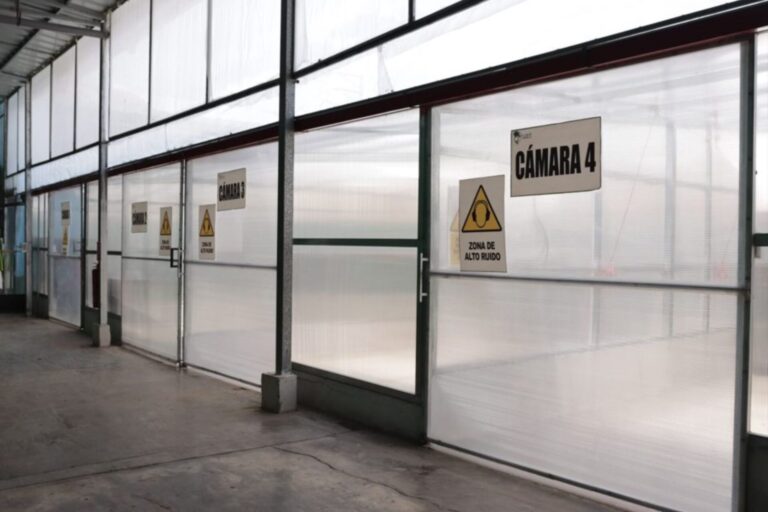
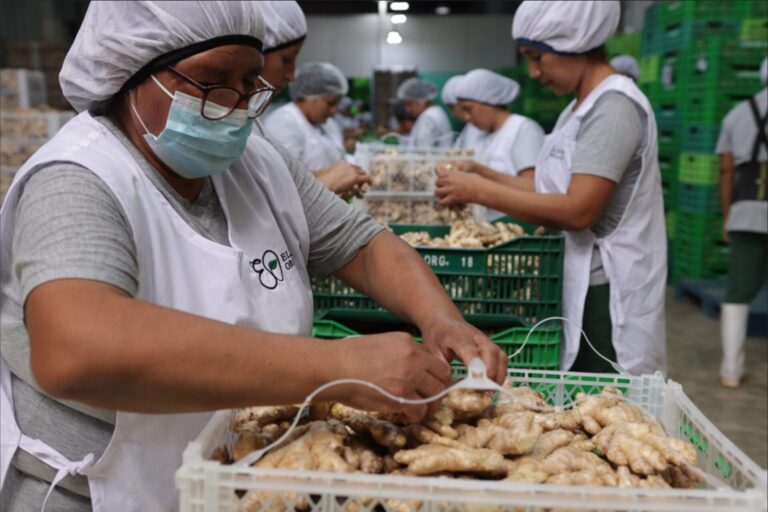
Closing Reflections
As we returned from the Central Jungle, tired but full of energy, one thought stayed with us: the true measure of impact is found not in reports, but in relationships.
These visits reminded us that every loan is part of a larger story—of trust, perseverance, and shared commitment. Meeting borrowers face to face deepens our understanding of what they achieve, but also of who they are.
We returned with a renewed sense that capital, when used with care and intention, can create outcomes that go far beyond finance—touching the environmental, social, and cultural fabric of communities.

